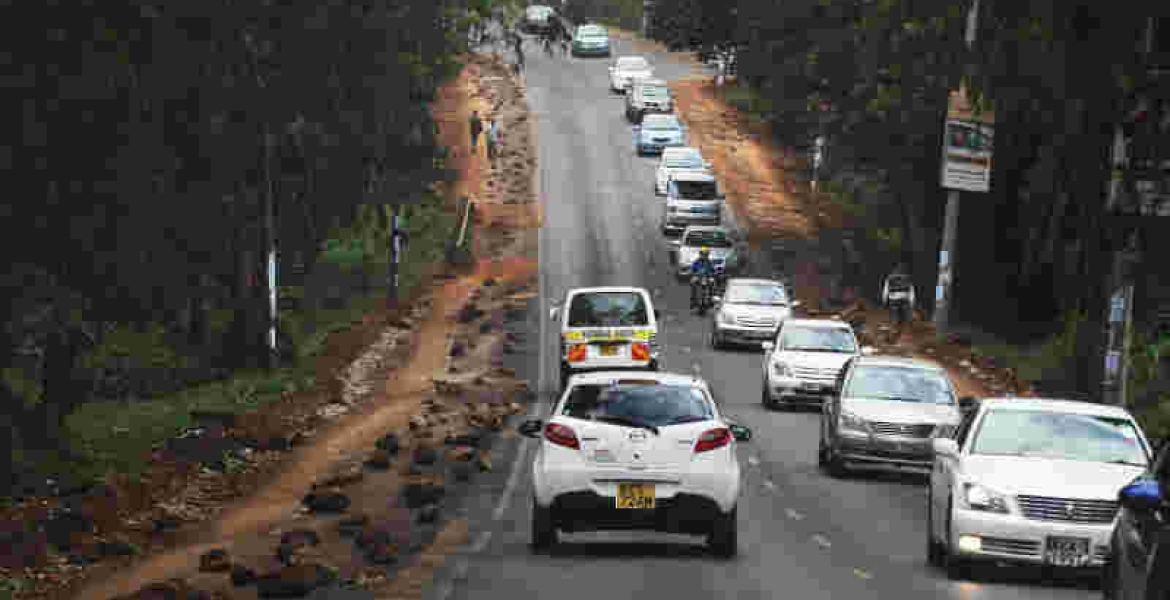If you live in one of the 22 counties in western Kenya and most of the Rift Valley, rain is not over for you.
The weatherman says these counties will have occasional rains up to October.
They will be slightly more than normal in August, September and October.
Dr David Gikungu, head of Kenya Meteorological Department, issued the forecast on Thursday.
“The outlook for the next three months indicates that the Highlands West of the Rift Valley, the Lake Victoria Basin, the Central and South Rift Valley, Nyandarua and the western parts of Laikipia are expected to receive rainfall amounts which are likely to be above the August to October longterm means,” he said.
This region comprises Siaya, Kisumu, Homa Bay, Migori, Busia, Kisii, Nyamira, West Pokot, Trans Nzoia, Uasin Gishu, Elgeyo Marakwet, Nandi, Baringo, Laikipia, Kakamega, Vihiga, Bungoma, Nakuru, Narok, Kericho, Bomet and Nyandarua counties.
Gikungu said Samburu and Turkana counties are likely to remain dry most of the time through October.
However, areas along the Uganda and South Sudan border may experience occasional rainfall, which is expected to be above the usual amounts.
He said the counties of Nairobi, Nyeri, Kirinyaga, Murang'a, Kiambu, Meru, Embu, Tharaka Nithi, Machakos, Makueni, Kitui, Taita Taveta, and parts of Kajiado are likely to experience cool and cloudy conditions with occasional rains in August that may extend into early September.
“Occasional rainfall is also expected, especially during the second half of October, with amounts near the August to October long term means,” Gikungu said.
The Coast (Mombasa, Tana River, Kilifi, Lamu, Kwale) is expected to remain dry throughout the forecast period, though a few days may have rainfall near to below the longterm means for August to October.
Northeastern Kenya (Mandera, Marsabit, Wajir, Garissa and Isiolo) will remain sunny and dry for most of the forecast period, with occasional rainfall possible towards the end of October.
This rainfall is expected to be below average over the Northeastern region.
“Temperatures are expected to be warmer than usual over most parts of the country, except for parts of West Pokot and Elgeyo Marakwet, where temperatures are anticipated to be near the August to October long term means,” Gikungu said.
“The Central and Eastern parts of the country are expected to have a higher probability of experiencing warmer-than-average temperatures.”
Met said the rains in western Kenya may create favorable conditions for agricultural activities.
However, hailstorms have been forecasted and may pose a potential risk to crops.
Kenya has had a relatively successful rainfall season that has helped bring down the cost of food.
According to the latest National Food and Nutrition Security report, the prices of all cereals, except beans, has dropped.
“Apart from beans, the prices of other cereals and pulses have generally been declining since January. The overall gradual decline in staple food prices continues to improve household food access and availability, with cross-border imports and prospects of harvests from the current season likely to maintain price declines in the coming months,” the food and nutrition security report said.
It revealed that the improved crop production last year and improved local supplies of most food staples continue to impact on the importation of most basic staples.
The food security report also showed a decrease in the prices of basic food commodities, particularly cereals and pulses.
This trend is attributed to the decision of several farmers, who had been holding onto their stocks in anticipation of higher prices, to release their supplies into the market.
The report indicated that the national food security has improved since May as most of the staple foods were available both at household and markets.
However, according to the Kenya National Bureau of Statistics, the May 2024 Consumer Price Index, which tracks the changes in prices of key food staples, increased slightly by one per cent to 5.1 per cent compared to April index of five per cent.













